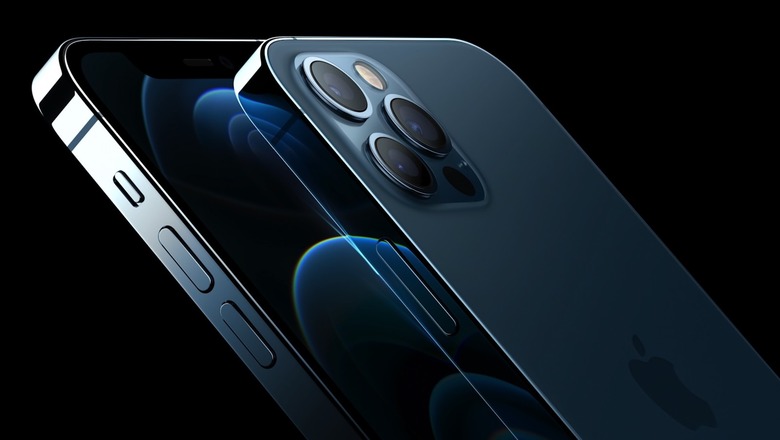iPhone 13 Leak Reveals A Surprising Change Coming To The Camera
The iPhone 13 series that's widely expected to launch in mid-September and is also expected to feature the same basic design as the iPhone 12 line. Apple will launch four direct successors to the iPhone 12 mini, iPhone 12, iPhone 12 Pro, and iPhone 12 Pro Max. The iPhone 12 design staying in place for one more year isn't a surprise, however. It's one reason why the "iPhone 12s" moniker might make more sense for the 2021 iPhone refresh. Some claim that Apple will supposedly skip "13" and choose to call it the iPhone 12s instead.
Regardless of the naming scheme, the new iPhones are expected to feature at least one design notable design change: A smaller notch. But a brand new leak tells us the iPhone 13 phones might deliver another fundamental design change.
MySmartPrice obtained the renders below that show the front and back designs of the base iPhone 13 model:

Leaked iPhone 13 design render shows a smaller notch.
According to the report, the device is almost the same size as the iPhone 12 and features the same iPhone 4-like design. But the iPhone 13 is 0.2mm thicker than its predecessor. Also, the Face ID bezel isn't as wide as the traditional notch that has graced iPhone models since the launch of the iPhone X. That's because the top speaker is no longer present in the notch. Instead, it sits on top of it, integrated into the thin top bezel. A recent iPhone 13 leak offered the same design detail.

Leaked iPhone 13 design render shows two rear cameras placed diagonally inside the camera module.
The rear panel is where the second design change can be seen. The main camera module has two separate lenses, but they feature a surprising arrangement. They're placed diagonally rather than vertically. It's unclear why Apple would change the rear camera structure — not that it matters how the cameras are placed inside the protruding camera modules. We've seen plenty of smartphone vendors explore all sorts of rear camera designs, and none of them are especially easy on the eyes. Camera performance trumps design, however, and the bump is something we all have come to accept in exchange for better camera performance.
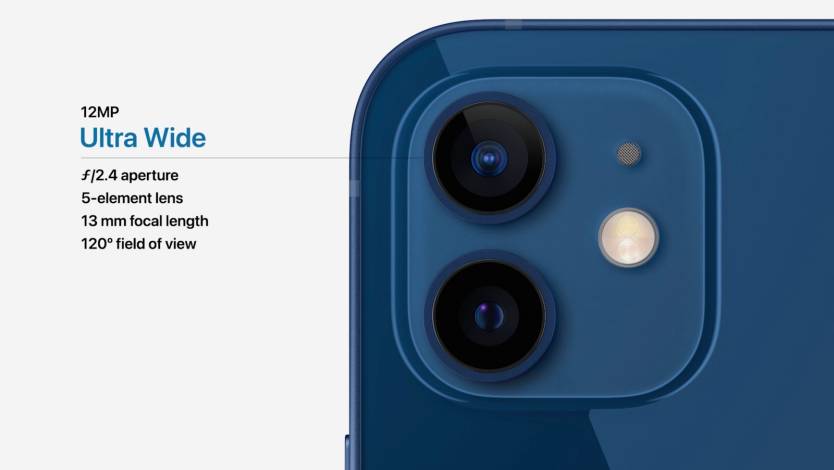
The ultra wide angle camera of the iPhone 12 and iPhone 12 mini.
It's unlikely that Apple would change the design of the iPhone 13 camera just for the sake of making it look different. Instead, something more complex might be at play, assuming the leaked renders are legitimate.
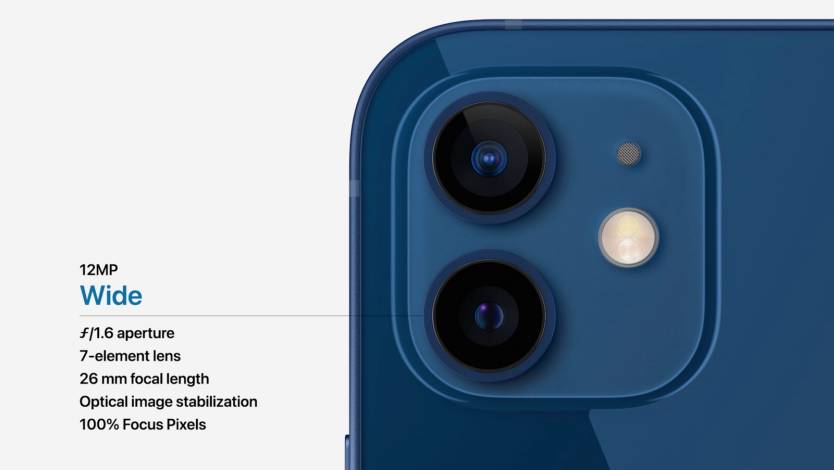
The upgraded wide-angle camera of the iPhone 12 and iPhone 12 mini.
One possible explanation comes from MacRumors, which speculates that the sensor-shift optical image stabilization (OIS) could be the culprit behind the diagonal camera design. Recent rumors say that the sensor-shift OIS, exclusive to the iPhone 12 Pro Max, is coming to all iPhone 13 models.
Traditionally, the iPhone 12 and its predecessors all the way back to iPhone X have featured two rear cameras placed vertically, including a primary (wide) lens and a wide-angle lens. On the iPhone 12, the ultra-wide lens is actually on top of the wide-angle camera (as seen in the renders above).
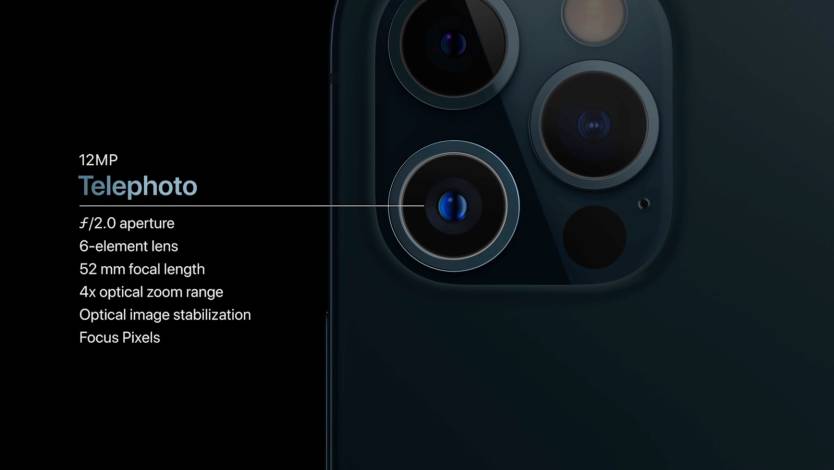
iPhone 12 Pro's telephoto rear camera placement.
The iPhone 12 Pro models feature an extra telephoto lens which is found at the top of the module (Pro Max, as seen below) and bottom (Pro, as seen above). The ultra-wide camera sits on the right side of both phones. The larger sensor-shift OIS might be responsible for the design asymmetry between the two iPhone 12 Pro phones. During its iPhone 12 Pro Max teardown, iFixit took an X-ray of the rear camera module, which reveals the sensor-shift camera's size, as seen below:
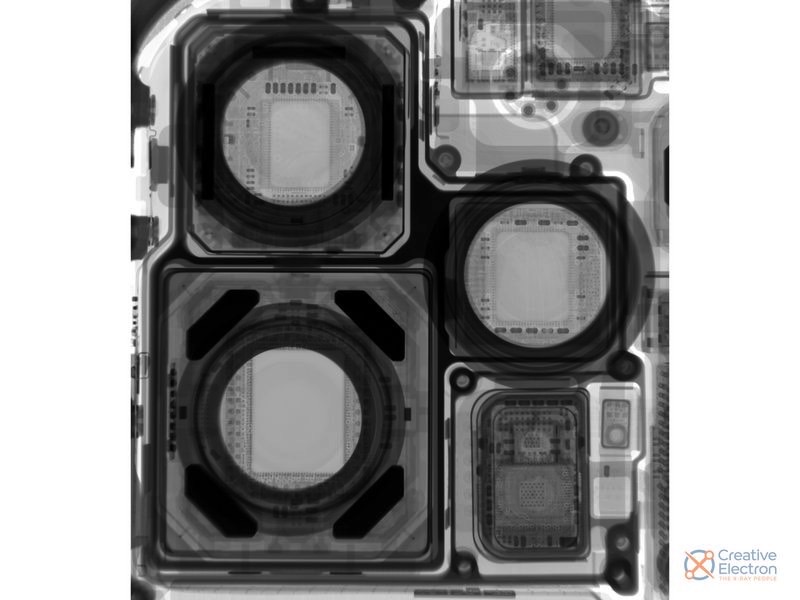
X-ray image shows the iPhone 12 Pro Max's three rear cameras: telephoto (top left), ultra wide angle (right), and wide-angle (bottom left). The wide lens features sensor-shift OIS tech.
The primary camera sits under the telephoto lens on the iPhone 12 Pro Max, but on top of the telephoto lens on the standard iPhone 12. The image below from YouTube channel JerryRigEverything shows a teardown of the two rear camera modules side by side:
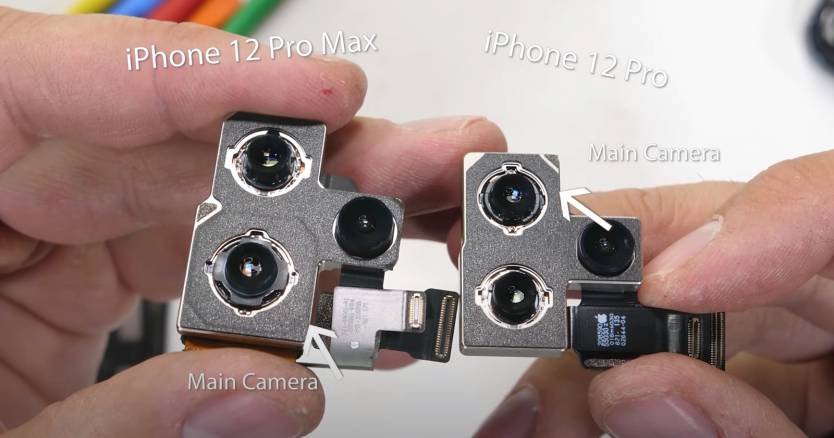
Disassembled iPhone 12 Pro Max camera module (left) vs. iPhone 12 Pro camera module (right).
Interestingly, the sensor-shift lens is placed diagonally to the ultra-wide camera. The same could happen on the iPhone 13 and iPhone 13 mini if the leaked renders above are accurate.
This is all speculation, however, based on MacRumors's assumption. Space is at a premium inside the iPhone, so Apple would need a very good reason to shift the sensors around. The following clip shows Apple's sensor-shift OIS tech in iPhone 12 Pro Max, as demoed during the iPhone 12 launch event last fall:
